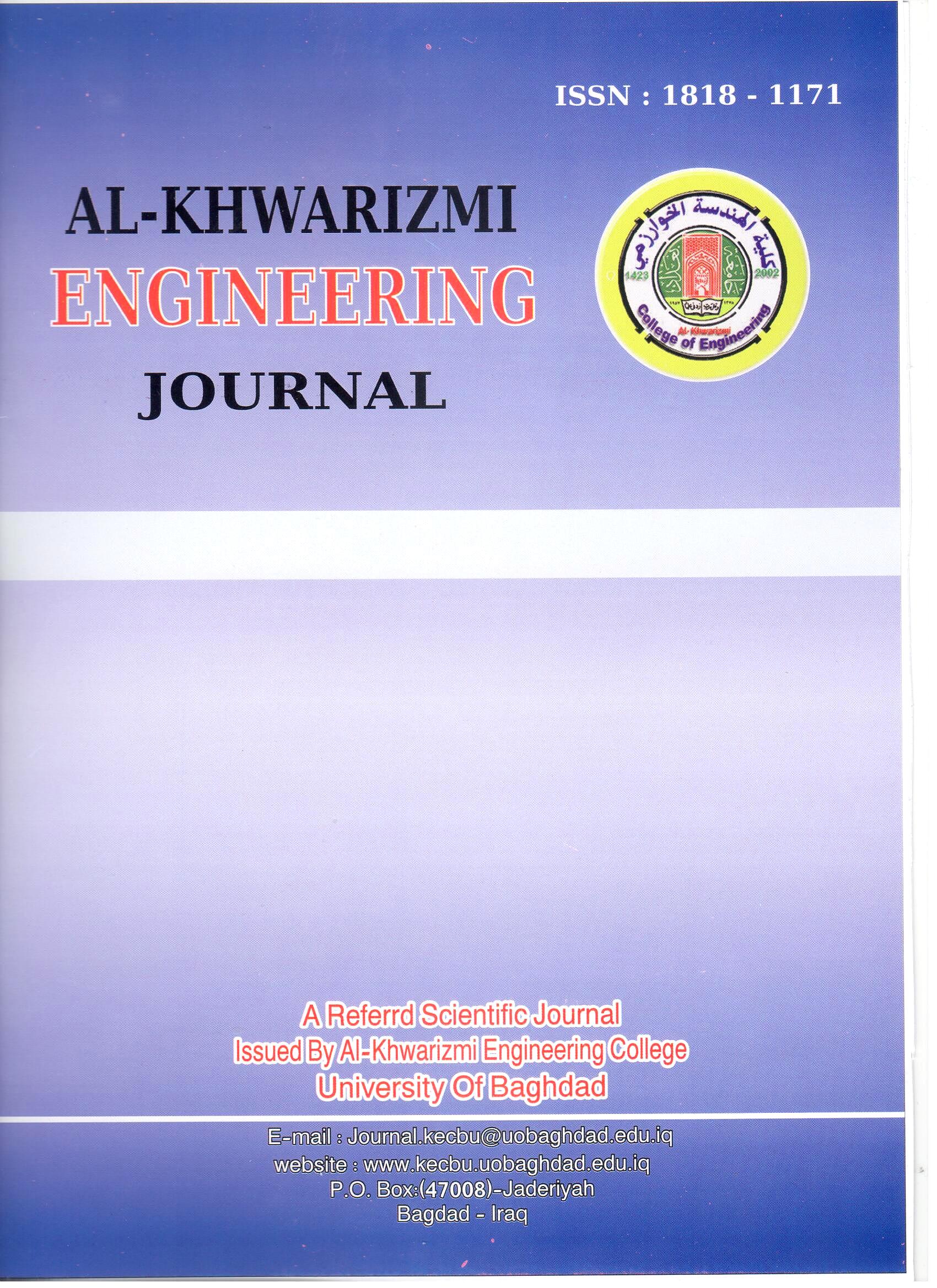Enhancing Risk Management: Leveraging the Likelihood/Severity Matrix for Effective Risk Assessment and Mitigation in the Electrical and Electronic Sector
DOI:
https://doi.org/10.22153/kej.2024.07.003Abstract
This paper presents the basic concept of risk and reviews commonly applied tools and techniques for risk assessment. Generally, risk assessment is a completely experiential decision-making process based on experience and knowledge of risk assistants. This paper emphasises one quantitative/qualitative technique, namely the likelihood/severity matrix approach, which aims to direct the organisation’s attention towards risks that have the highest potential to have a negative effect. This paper’s main contribution lies in introducing a proposed model that utilises the likelihood/severity matrix approach to categorise risks into ‘regions’ and subsequently rank them. This process supports risk managers in making informed decisions to reduce risks effectively. A likelihood/severity matrix was examined through a case study belonging to the electrical and electronic sector to find the critical risks that hinder the assembly line of personal computers. Results showed that the ‘Breaking parts during assembly’, ‘Shocking the components from static electricity discharge’ and ‘Using wrong compatible parts’ risks had the maximum risk score, with values of 10–15 as the most critical risks. These results can influence decision makers in developing actions to mitigate these highlighted risks.
Downloads
References
F. S. Araz, O. M., Choi, T. M., Olson, D. L., & Salman, “Data analytics for operational risk management.,” Decis. Sci., vol. 51(6), pp. 1316-1319., 2020.
Y. Mahmood, T. Afrin, Y. Huang, and N. Yodo, “Sustainable Development for Oil and Gas Infrastructure from Risk, Reliability, and Resilience Perspectives,” Sustain., vol. 15, no. 6, 2023, doi: 10.3390/su15064953.
N. Ni, H., Chen, A., & Chen, “Some extensions on risk matrix approach.,” Saf. Sci., vol. 48(10), pp. 1269–1278, 2010.
M. E. Lemmens, S. M., Lopes van Balen, V. A., Röselaers, Y., Scheepers, H. C., & Spaanderman, “The risk matrix approach: a helpful tool weighing probability and impact when deciding on preventive and diagnostic interventions.,” BMC Health Serv. Res., vol. 22(1), pp. 1–11, 2022.
K. Ghosh, “Identification and Quantification of Cybersecurity Risk by Likelihood-Severity, Incident-Response and Organizational Asset Valuation Framework,” SSRN Electron. J., 2020, doi: 10.2139/ssrn.3630075.
O. Salnikova, L. Rodchenko, T. Bielialov, M. Skrypnyk, L. Ivanchenkova, and O. Slobodianiuk, “Matrix approach to risk management in the national security system, highlighting the criteria for choosing the optimal strategy for decision making,” Int. J. Eng. Adv. Technol., vol. 8, no. 5, pp. 2407–2411, 2019.
S. H. Begg, M. B. Welsh, and R. B. Bratvold, “Uncertainty vs. Variability: What’s the Difference and Why is it Important?,” Soc. Pet. Eng., no. May, 2014, doi: 10.2118/169850-ms.
R. Willows, N. Reynard, I. Meadowcroft, and R. Connell, “Climate adaptation: Risk, uncertainty and decision-making. UKCIP Technical Report,” UKCIP Tech. Rep., 2003, doi: 10.1097/MPG.0b013e3181a15ae8.Screening.
C. de Araújo Lima, P. F., Crema, M., & Verbano, “Risk management in SMEs: A systematic literature review and future directions.,” Eur. Manag. J., vol. 38(1), pp. 78-94., 2020.
W. Cowper, The Task, Book I. Three,’ The Garden, 1785.
S. Begg, R. Bratvold, and J. Campbell, “The Value of Flexibility in Managing Uncertainty in Oil and Gas Investments,” 2002. doi: 10.2523/77586-MS.
B. Ritchie and C. Brindley, “Supply chain risk management and performance: A guiding framework for future development,” Int. J. Oper. Prod. Manag., 2007, doi: 10.1108/01443570710725563.
J. M. Nicholas, Project Management for Engineering, Business and Technology. 2018. doi: 10.4324/9781315676319.
S. Bitaraf, “Risk Assessment and Decision Support: Applicable to Oil Field Development Plants,” CHALMERS UNIVERSITY OF TECHNOLOGY, 2011.
T. Luo, C. Wu, and L. Duan, “Fishbone diagram and risk matrix analysis method and its application in safety assessment of natural gas spherical tank,” J. Clean. Prod., 2018, doi: 10.1016/j.jclepro.2017.10.334.
K. H. Rose and D. Hillson, “Effective Opportunity Management For Project: Exploting Positive Risk,” Proj. Manag. J., 2004, doi: 10.1201/9780203913246.fmatt.
B. Hegde, J., & Rokseth, “Applications of machine learning methods for engineering risk assessment–A review.,” Saf. Sci., vol. 122, 10449, 2020.
K. Das, S., Rastogi, A., & Kumar, “Applicability of Risk Assessment Tools and Techniques for a Construction Project.,” J. Res. Infrastruct. Des., vol. 4(3), pp. 1–18, 2021.
J. C. G. Carneiro, A. S. Alves, D. L. Rodrigues, D. S. Levy, and G.-M. A. A. Sordi, “Qualitative and quantitative approaches of occupational risks agents in a Brazilian facilit,” Brazilian J. Radiat. Sci., 2018, doi: 10.15392/bjrs.v6i1.313.
M. S. Markowski, A.S., Mannan, “Fuzzy risk matrix.,” J. Hazard. Mater., vol. 159, no. 1, pp. 152–157, 2008.
G. Duan, Y., Zhao, J., Chen, J., & Bai, “A risk matrix analysis method based on potential risk influence: A case study on cryogenic liquid hydrogen filling system.,” Process Saf. Environ. Prot., vol. 102, pp. 277–287, 2016.
Z. F. Garvey, P. R., & Lansdowne, “Risk matrix: an approach for identifying, assessing, and ranking program risks.,” Air Force J. Logist., vol. 1, no. 22, pp. 18–21, 1998.
M. Kovačević, N., Stojiljković, A., & Kovač, “Application of the matrix approach in risk assessment.,” Oper. Res. Eng. Sci. Theory Appl., vol. 2, no. 3, pp. 55–64, 2019.
C. Peace, “The risk matrix: uncertain results?.,” Policy Pract. Heal. Saf., vol. 15, no. 2, pp. 131–144, 2017.
Downloads
Published
Issue
Section
License
Copyright (c) 2024 Al-Khwarizmi Engineering Journal

This work is licensed under a Creative Commons Attribution 4.0 International License.
Copyright: Open Access authors retain the copyrights of their papers, and all open access articles are distributed under the terms of the Creative Commons Attribution License, which permits unrestricted use, distribution, and reproduction in any medium, provided that the original work is properly cited. The use of general descriptive names, trade names, trademarks, and so forth in this publication, even if not specifically identified, does not imply that these names are not protected by the relevant laws and regulations. While the advice and information in this journal are believed to be true and accurate on the date of its going to press, neither the authors, the editors, nor the publisher can accept any legal responsibility for any errors or omissions that may be made. The publisher makes no warranty, express or implied, with respect to the material contained herein.
















